Beauty Fitness
Transform Your Skincare Game with the Best Products and Tips for Tackling Oily Skin
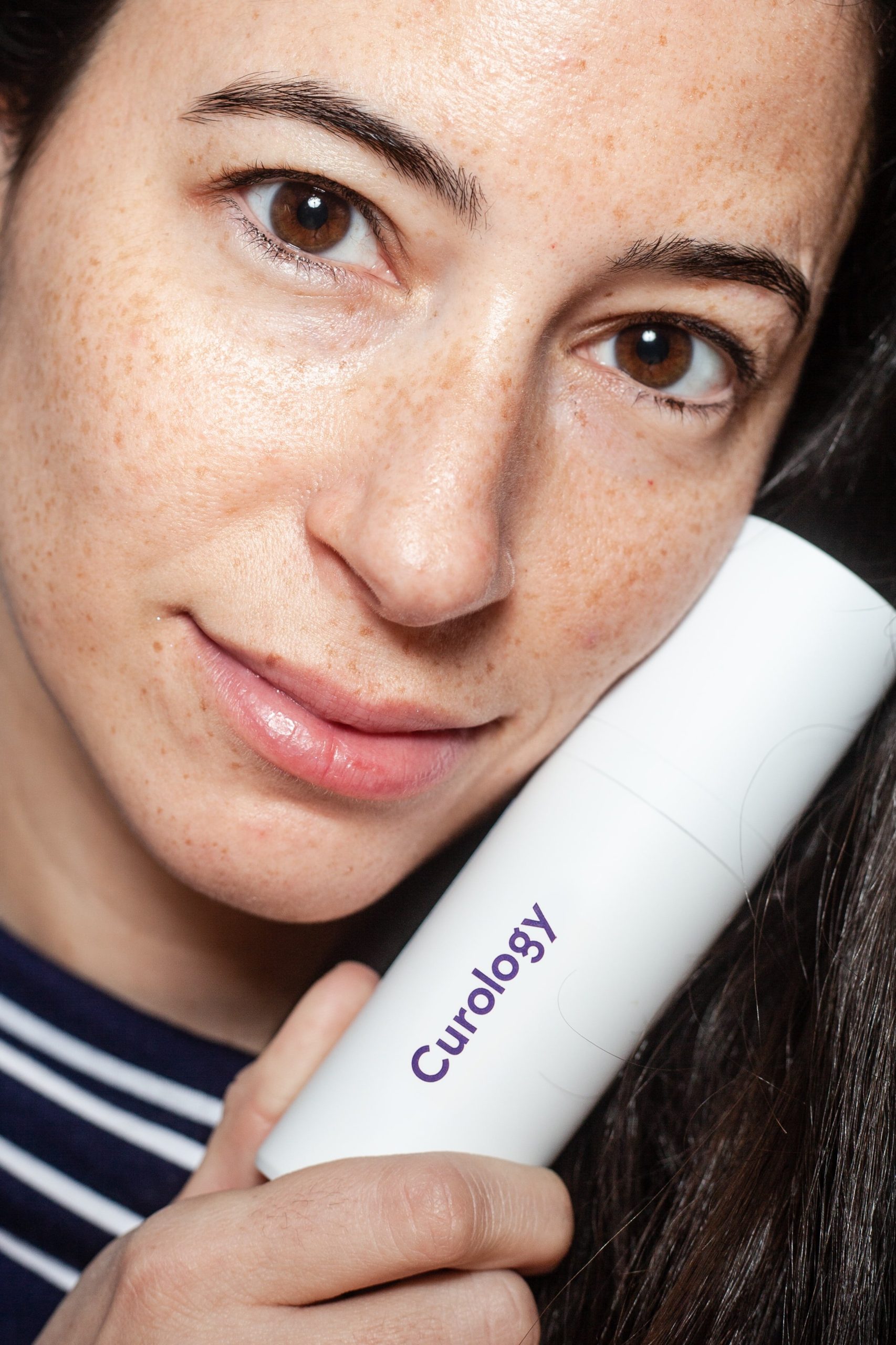
Are you tired of feeling like a greasy mess by mid-day? Does your makeup slide off your face no matter what you do? If you’re dealing with oily skin, it can be frustrating to find products and techniques that actually work. But fear not! In this post, we’ll share the best tips and products for tackling oily skin so you can transform your skincare game and feel confident in your own skin all day long. Say goodbye to shine and hello to a more radiant complexion!
The Problem with Oily Skin
If you have oily skin, you know the struggle of trying to keep your complexion matte and shine-free all day long. No matter how many blotting papers you use or how often you powder your nose, it seems like there’s always a layer of oil that just won’t go away.
But what exactly is causing your skin to produce all that oil in the first place? Here, we break down everything you need to know about oily skin, from what causes it to how you can effectively treat it.
What Causes Oily Skin?
There are a few different factors that can contribute to oily skin. First, genetics play a role — if your parents had oily skin, chances are, you will too. Second, changes in hormone levels can also trigger excess sebum production. This is why acne is often worse during puberty or during pregnancy. Finally, hot weather and humid climates can also cause your skin to produce more oil than usual.
How Can I Treat Oily Skin?
The good news is that there are plenty of ways to effectively treat oily skin and control excess sebum production. First, start with a good cleansing routine — use a gentle cleanser twice a day to wash away dirt, makeup, and other impurities without stripping your skin of its natural moisture. Next, exfoliate regularly with a product that contains salicylic acid or glycolic acid — this will help unclog pores and prevent
The Best Products for Oily Skin
Oily skin is often a result of overactive sebaceous glands that produce too much sebum. This can lead to clogged pores and breakouts. The good news is that there are products available that can help control oil production and keep your skin looking its best.
One of the most important things you can do for oily skin is to cleanse it twice a day with a product that won’t strip away its natural oils. Look for a gentle, oil-free cleanser that contains salicylic acid or glycolic acid to help control oil production and exfoliate the skin.
After cleansing, apply a light, oil-free moisturizer to help hydrate the skin without making it feel greasy. If you’re concerned about shine, look for a mattifying moisturizer that contains kaolin clay or silica to absorb excess oil.
To help control shine throughout the day, carry blotting papers or powder with you to touch up when needed. And be sure to cleanse your face thoroughly before going to bed at night to remove all traces of makeup and dirt.
With the right products and some simple tips, you can easily manage oily skin and achieve a healthy, radiant complexion.
The Best Tips for Tackling Oily Skin
If you’re one of the many people who struggle with oily skin, you know that it can be a real pain to deal with. Your face feels greasy, your makeup slides right off, and you always seem to be fighting a never-ending battle against shine. But don’t despair! There are plenty of ways to combat oily skin, and we’ve gathered the best of them for you.
First things first: make sure you’re using a gentle cleanser. Harsh scrubs and soaps will only strip your skin of its natural oils, which will actually make your oiliness worse in the long run. Look for a cleanser that’s specifically designed for oily skin, or opt for a gentle gel or foaming cleanser instead.
Once you’ve got your cleansing routine sorted out, it’s time to move on to makeup. If you have oily skin, it’s best to steer clear of heavy foundation and powder products, as they can end up looking cakey and emphasizing your shine. Instead, try using a tinted moisturizer or BB cream as your base; they’ll give you enough coverage to even out your complexion without looking like you’re wearing a ton of makeup. And don’t forget to set your makeup with a translucent powder; this will help keep everything in place and prevent excess shine.
Finally, remember that diet and lifestyle choices can also impact the oiliness of your skin. If possible, cut down on sugary and fried foods
How to Prevent Oily Skin
Oily skin is a common problem that many people struggle with. While there is no one-size-fits-all solution to preventing oily skin, there are some general tips and tricks that can help.
One of the most important things you can do to prevent oily skin is to cleanse your face twice daily with a gentle cleanser. Avoid using harsh cleansers or scrubbing your face too vigorously, as this can strip away the natural oils that your skin needs to stay healthy.
In addition to cleansing, be sure to use a light moisturizer or serum that is designed for oily skin. This will help to control excess oil production without making your skin feel dry or tight. Exfoliating once or twice a week can also be helpful in keeping pores clear and preventing buildup of oil and dirt.
Finally, try to avoid touching your face throughout the day, as this can transfer oils and other dirt and debris onto your skin. If you must touch your face, be sure to wash your hands first!
Conclusion
Oily skin can definitely be a nuisance, but with the right knowledge and products, you can transform your skincare game and keep oiliness away. Keep in mind the tips we’ve discussed in this article to ensure that your routine works best for tackling oily skin issues. From finding the perfect cleanser to using mattifying makeup or spot treatments, there’s something out there that will help you achieve beautiful, healthy-looking skin. Take some time to experiment with different products and techniques until you find what works best for your unique needs – have fun exploring!
Beauty Fitness
The Popularity of Plant-Based Beauty Products
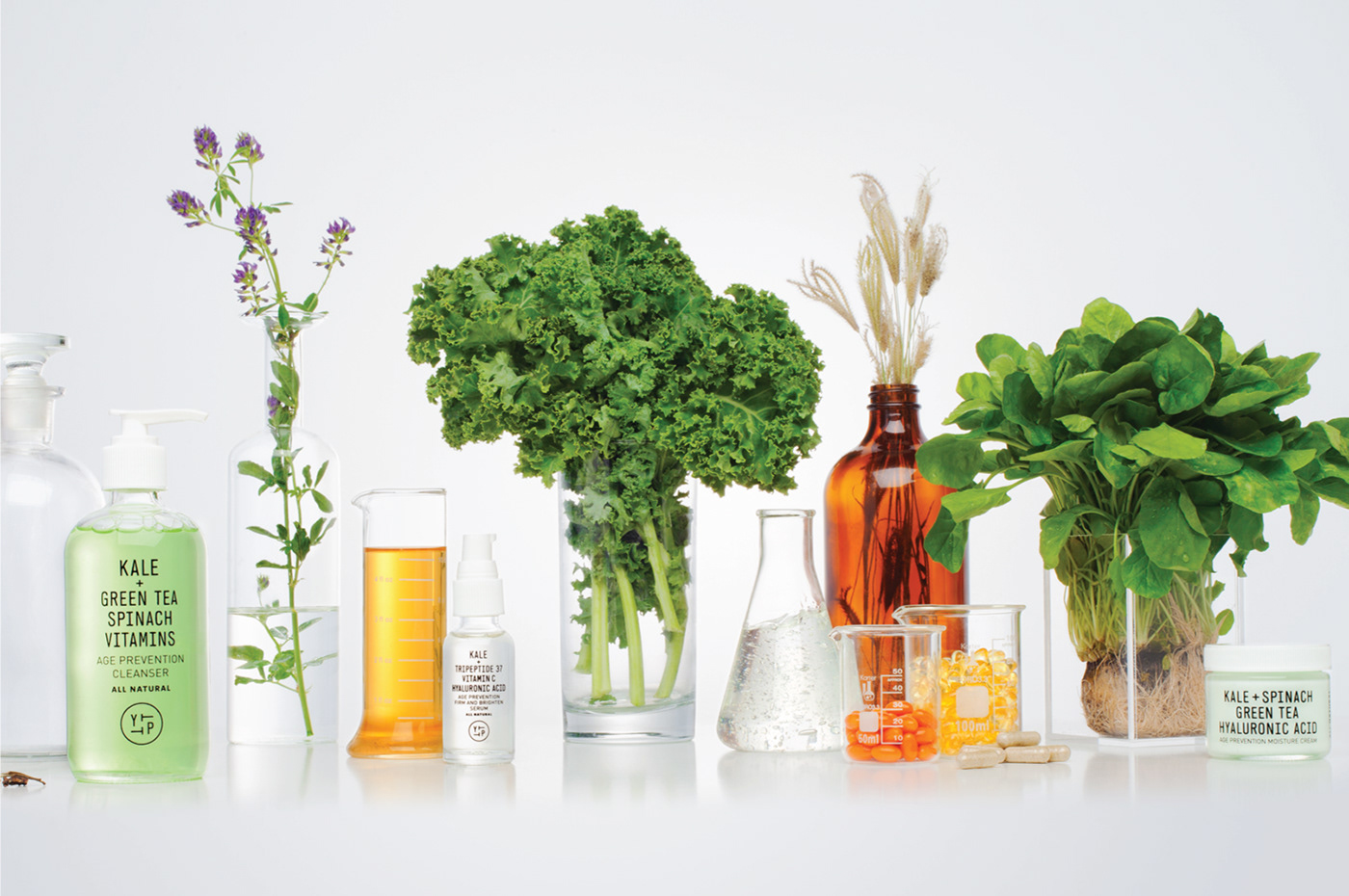
Introduction
In recent years, plant-based beauty products have taken the cosmetics world by storm. From drugstore shelves to luxury boutiques, skincare and makeup brands are swapping synthetic ingredients for botanical extracts and plant oils. Consumers are drawn to clean beauty—products free from harsh chemicals and animal-derived ingredients—that promise healthy skin and a healthier planet. In this article, we’ll explore why plant-based formulas are so popular, highlight key natural ingredients, examine market trends, and offer tips for choosing effective, cruelty-free, and sustainable cosmetics.
Why Plant-Based Beauty Products Are Popular
Several factors drive the surge in vegan skincare and plant-based cosmetics:
- Health and Safety Concerns: Many shoppers worry about parabens, sulfates, and artificial fragrances. Plant-based lines use gentle, well-researched ingredients with fewer side effects.
- Environmental Awareness: Botanical sourcing often means lower carbon footprints and biodegradable formulas. Eco-conscious consumers seek brands that protect ecosystems.
- Animal Welfare: Cruelty-free and vegan labels ensure no animal testing or by-products, appealing to ethical shoppers.
- Visible Results: Natural extracts like green tea, aloe vera, and rosehip oil deliver antioxidants, hydration, and anti-aging benefits backed by science.
- Social Media Influence: Beauty influencers and dermatologists endorse clean, plant-powered routines, amplifying demand.
Together, these reasons explain why plant-based beauty products are no longer a niche—they’re mainstream.
Key Ingredients in Plant-Based Beauty
When you choose a plant-based formula, look for these star ingredients:
- Aloe Vera: Soothes and hydrates, ideal for sensitive or sun-exposed skin.
- Green Tea Extract: Rich in antioxidants that protect against pollution and premature aging.
- Jojoba Oil: Mimics skin’s natural oils, balancing hydration without clogging pores.
- Shea Butter: Deeply nourishing for dry skin, with natural vitamins A and E.
- Rosehip Oil: Packed with vitamin C and essential fatty acids, brightening and smoothing texture.
- Neem Oil: Antibacterial and anti-inflammatory, helpful for acne-prone skin.
- Chamomile: Calms redness and irritation, perfect for reactive skin.
- Coconut Oil: Moisturizes and has mild antibacterial properties when used correctly.
These natural powerhouses work in synergy, offering benefits equal to or better than synthetic alternatives.
Clean Beauty vs. “Greenwashing”
Not every product labeled “natural” truly delivers plant-based purity. Beware of greenwashing—marketing hype that overstates eco-friendliness. To ensure you’re buying genuine clean beauty:
- Check Certifications: Look for Leaping Bunny, USDA Organic, Ecocert, or COSMOS labels.
- Read Ingredient Lists: Short formulas with recognizable plant names are best. Avoid “fragrance” or “parfum,” which can hide allergens.
- Research Brand Ethics: Transparent companies share sourcing, manufacturing, and testing practices.
- Third-Party Testing: Independent labs can verify claims like “non-comedogenic” or “clinically tested.”
A little diligence helps you invest in products that truly support health and sustainability.
Market Trends and Consumer Behavior
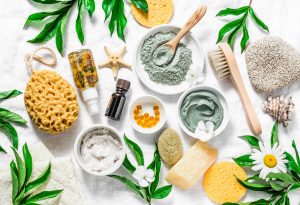
Image by: Yandex.com
The plant-based beauty market is booming:
- Market Size: Valued at over $12 billion in 2023 and projected to grow 8% annually through 2030.
- Key Demographics: Millennials and Gen Z lead purchases, valuing authenticity and brand values.
- Online Sales: E-commerce and social platforms account for 60% of clean beauty sales, driven by targeted ads and influencer partnerships.
- Retail Expansion: Mainstream retailers like Sephora, Ulta, and Target now feature exclusive vegan lines alongside indie boutiques.
- Innovation: Brands develop waterless formulas, biodegradable packaging, and upcycled ingredients to meet evolving demands.
These trends show plant-based products are here to stay, shaping the future of cosmetics.
Top Plant-Based Beauty Brands to Watch
Several companies set the standard in vegan skincare and sustainable cosmetics:
- Herbivore Botanicals: Known for minimal ingredients and glass packaging.
- Youth to the People: Combines superfood extracts with clinical efficacy.
- Drunk Elephant: Offers a “clean compatibility” philosophy, avoiding known irritants.
- Pacifica Beauty: Affordable, cruelty-free makeup and skincare widely available.
- Tata Harper: High-end, 100% natural products grown on the brand’s organic farm.
Each brand exemplifies how botanical formulas can deliver high performance without compromising ethics.
How to Build a Plant-Based Beauty Routine
Creating an effective plant-based regimen is easier than you think:
- Cleanser: Choose a gentle, sulfate-free gel or balm with chamomile or green tea.
- Toner/Essence: Look for rose water or witch hazel to balance pH and add antioxidants.
- Serum: Select targeted treatments—vitamin C for brightening, hyaluronic acid for hydration.
- Moisturizer: Use plant butters or oils (shea butter, jojoba) in a cream or lotion base.
- Sunscreen: Mineral-based formulas with zinc oxide and botanical extracts protect and soothe.
- Optional Treatments: Face masks with clay and botanicals, eye creams with coffee or cucumber, and facial oils with rosehip or argan.
Adjust based on your skin type and concerns. Patch-test new products to avoid reactions.
The Science Behind Plant-Based Efficacy
Plant extracts work through active compounds:
- Polyphenols and Flavonoids: Antioxidants that neutralize free radicals (green tea, grape seed).
- Fatty Acids: Strengthen the skin barrier and lock in moisture (shea butter, rosehip oil).
- Vitamins and Minerals: Support collagen production and healing (vitamin C in camu camu, zinc in tea tree).
- Phytosterols: Anti-inflammatory agents that calm redness (soy, rice bran).
Clinical studies often validate these benefits, bridging folk wisdom and modern dermatology.
Sustainability and Ethical Considerations
True plant-based beauty means caring for people and planet:
- Sustainable Sourcing: Harvesting ingredients without depleting ecosystems.
- Fair Trade: Ensuring farmers and pickers receive fair wages and safe working conditions.
- Biodegradable Packaging: Using recyclable glass, metal, or compostable materials.
- Carbon Neutral Practices: Offsetting emissions from production and shipping.
Supporting brands with these commitments magnifies the positive impact of your purchases.
Future Outlook: Innovations on the Horizon
The plant-based beauty sector continues to evolve:
- Biotechnology: Lab-grown botanicals and biofermented ingredients reduce land use and contamination.
- Personalized Formulas: AI-driven quizzes recommend plant extracts tailored to your genome and lifestyle.
- Circular Beauty: Brands offer refill stations and container return schemes to cut waste.
- Functional Cosmetics: Products that combine skincare benefits with makeup, like tinted serums with plant peptides.
These innovations promise smarter, greener, and more effective beauty solutions.
Conclusion
The rise of plant-based beauty products reflects a broader shift toward health, ethics, and sustainability. Botanical ingredients—from soothing aloe vera to potent rosehip oil—offer proven benefits for skin and mind. Consumers driving this trend value transparent sourcing, cruelty-free practices, and eco-friendly packaging. With a booming market, innovative brands, and accessible routines, anyone can build a clean beauty regimen that’s gentle on both skin and planet. By choosing plant-based formulas, you invest in radiant, resilient skin today and a healthier Earth tomorrow—proof that beauty and responsibility can go hand in hand.
Beauty Fitness
Most Popular Filler Treatments in Dubai for Natural Results
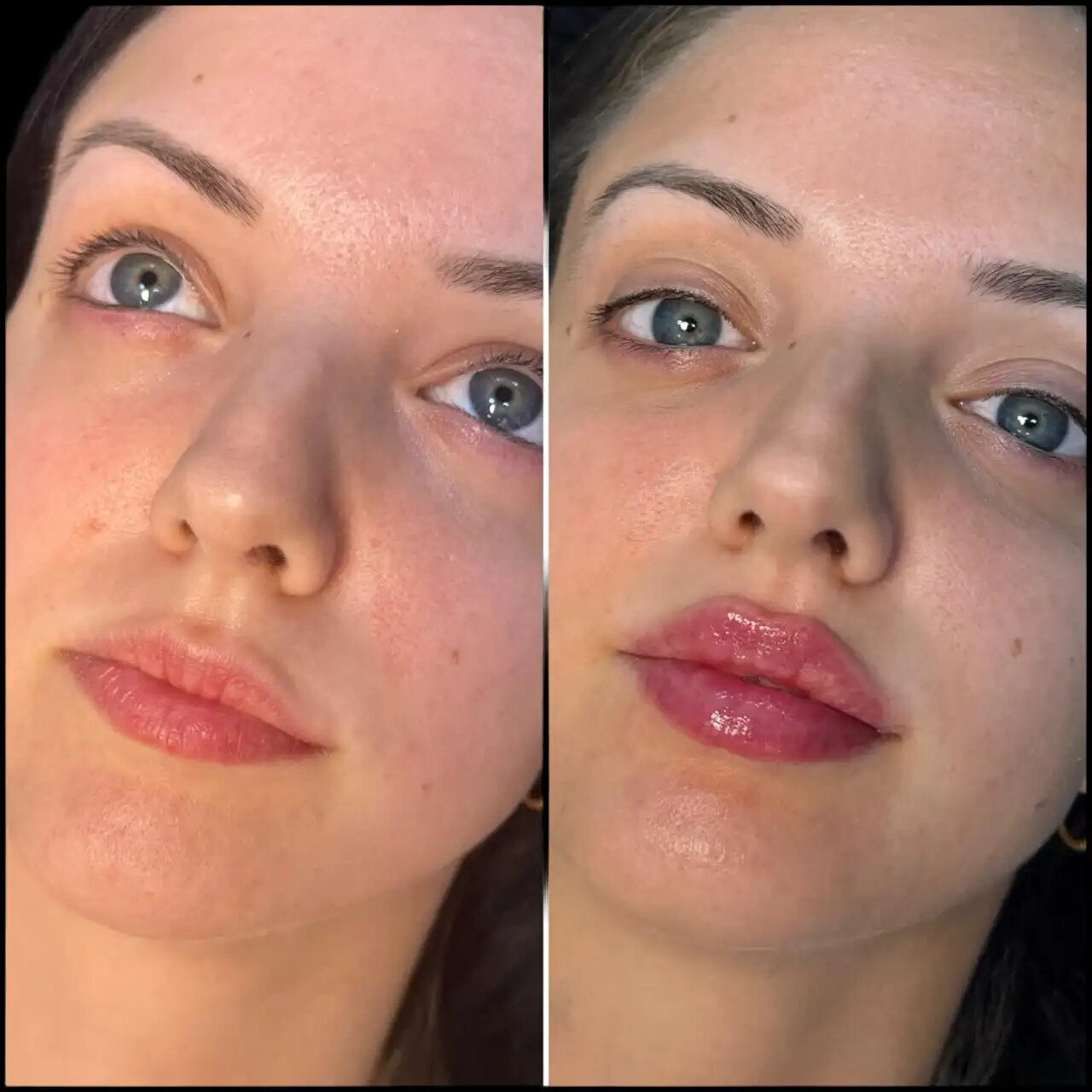
Introduction
In today’s fast-paced world of beauty and wellness, non-surgical enhancements have taken center stage especially filler in Dubai. Whether it’s to restore volume, contour facial features, or reduce signs of aging, the demand for fillers in Dubai has surged due to natural-looking results, minimal downtime, and quick procedures. At the heart of this transformation is Perfect Doctors Clinic for dermal fillers in Dubai, widely recognized as the Best Fillers Clinic in Dubai and the Best Aesthetics Clinic in Dubai.
This comprehensive guide will explore the most popular types of Fillers treatment in dubai, current trends, and everything you need to know about achieving youthful, natural-looking results with the best fillers in Dubai.
Why Fillers in Dubai Are So Popular
1. A Leading Destination for Aesthetic Excellence
Fillers in Dubai have become a go-to treatment for residents and international visitors alike. Thanks to renowned experts, modern clinics, and the rise in celebrity treatment in Dubai, aesthetic procedures have become more mainstream than ever. Perfect Doctors Clinic for dermal fillers in Dubai sets the standard with advanced techniques and unmatched patient care.
2. Celebrity Influence and Advanced Techniques
The popularity of celebrity treatment in Dubai has fueled interest in non-invasive beauty solutions. Celebrities rely on Perfect Doctors Clinic for dermal fillers in Dubai for their expertise and discretion, making it the destination for the most refined filler injections in Dubai.
Most Popular Types of Fillers in Dubai
1. Lip Fillers in Dubai
Among the top-requested procedures at the Best Fillers Clinic in Dubai, lip fillers in Dubai remain a favorite for adding volume, shape, and symmetry. Using Juvederm fillers in Dubai, the specialists ensure perfectly plump yet natural-looking lips.
2. Cheek Fillers in Dubai
Cheek fillers in Dubai are ideal for those experiencing facial volume loss due to aging. The skilled team at Perfect Doctors Clinic for dermal fillers in Dubai uses hyaluronic acid fillers in Dubai to lift the mid-face and sculpt youthful contours.
3. Dermal Fillers for Anti-Aging in Dubai
Dermal fillers for anti-aging in Dubai smooth out wrinkles, nasolabial folds, and marionette lines. With long-lasting dermal fillers in Dubai, patients can enjoy youthful skin for up to 18 months.
Popular Ingredients in Fillers in Dubai
1. Hyaluronic Acid Fillers in Dubai
Hyaluronic acid fillers in Dubai are the most sought-after due to their natural compatibility with the skin. These fillers provide hydration and volume without an artificial appearance.
2. Juvederm Fillers in Dubai
Used widely at Perfect Doctors Clinic for dermal fillers in Dubai, Juvederm fillers in Dubai are known for their smooth consistency and long-lasting results, making them ideal for a variety of facial treatments.
Expertise You Can Trust
Dermal Fillers Specialists in Dubai
At Perfect Doctors Clinic for dermal fillers in Dubai, you are treated by highly trained dermal fillers specialists in Dubai. Their skill ensures that every procedure from fillers injection in Dubai to full facial rejuvenation—delivers results you’ll love.
Understanding the Cost of Fillers in Dubai
1. The Cost of Fillers in Dubai Is Affordable and Transparent
For those curious, the cost of fillers in dubai is often more affordable than expected, especially considering the high standard of care at Perfect Doctors Clinic for dermal fillers in Dubai.
2. Fillers Cost in Dubai Breakdown
- Lip fillers in Dubai: From AED 1,500
- Cheek fillers in Dubai: Varies by volume
- Full-face rejuvenation: Personalized pricing
Fillers in Dubai Jumeirah starts at AED 1,500, making it accessible to many who desire a premium experience at the Best Aesthetics Clinic in Dubai.
3. Dermal Fillers Dubai Price Transparency
The dermal fillers Dubai price depends on the area treated and the type of filler used. At Perfect Doctors Clinic for dermal fillers in Dubai, prices are discussed clearly during consultation, ensuring complete transparency.
Fillers Injection in Dubai: What to Expect
1. Before the Procedure
During your initial consultation at the Best Fillers Clinic in Dubai, your aesthetic goals are reviewed by expert practitioners. They will recommend the most suitable fillers in Dubai based on facial anatomy and desired outcomes.
2. During the Procedure
The fillers injection in Dubai process is swift and nearly painless. Filler injections in Dubai are performed with precision using ultra-fine needles or cannulas to minimize discomfort and bruising.
3. Aftercare for Long-Lasting Results
Following your treatment, aftercare instructions will be provided to ensure optimal results and minimize swelling. With proper care, long-lasting dermal fillers in Dubai can maintain their effect for over a year.
Conclusion
If you’re looking for safe, professional, and natural-looking fillers in Dubai, trust the experts at Perfect Doctors Clinic for dermal fillers in Dubai. From lip fillers in Dubai to cheek fillers in Dubai, and full-face rejuvenation, their team of dermal fillers specialists in Dubai ensures every treatment enhances your natural beauty.
With fillers in Dubai Jumeirah starts at AED 1,500, luxury aesthetic treatments are now within reach. Whether you’re inspired by Celebrity treatment in dubai or simply want to age gracefully, the best fillers in Dubai await you.
For transformative results with the highest safety standards, choose Perfect Doctors Clinic for dermal fillers in Dubai—the Best Aesthetics Clinic in Dubai and home to the most in-demand fillers in Dubai today.
FAQs
Q.1 How safe are fillers in Dubai?
At Perfect Doctors Clinic for dermal fillers in Dubai, all fillers in Dubai are FDA-approved and administered by licensed dermal fillers specialists in Dubai, ensuring maximum safety.
Q.2 How long do the results from fillers in Dubai last?
Most fillers in Dubai, especially hyaluronic acid fillers in Dubai and Juvederm fillers in Dubai, last 6 to 18 months depending on the area treated.
Q.3 Is there any downtime after filler injections in Dubai?
There is minimal to no downtime after filler injections in Dubai. You may experience slight swelling or redness, but most clients resume daily activities immediately.
Q.4 Can I combine different types of fillers in Dubai in one session?
Yes, Perfect Doctors Clinic for dermal fillers in Dubai offers combination treatments using the best fillers in Dubai to address various areas of the face in one session.
Q.5 What makes Perfect Doctors Clinic the Best Fillers Clinic in Dubai?
From the most advanced fillers in Dubai to expert care and a premium patient experience, Perfect Doctors Clinic for dermal fillers in Dubai sets itself apart as the trusted name in the city.
Beauty Fitness
Understanding the Sinus Lift Procedure: When and Why It’s Needed
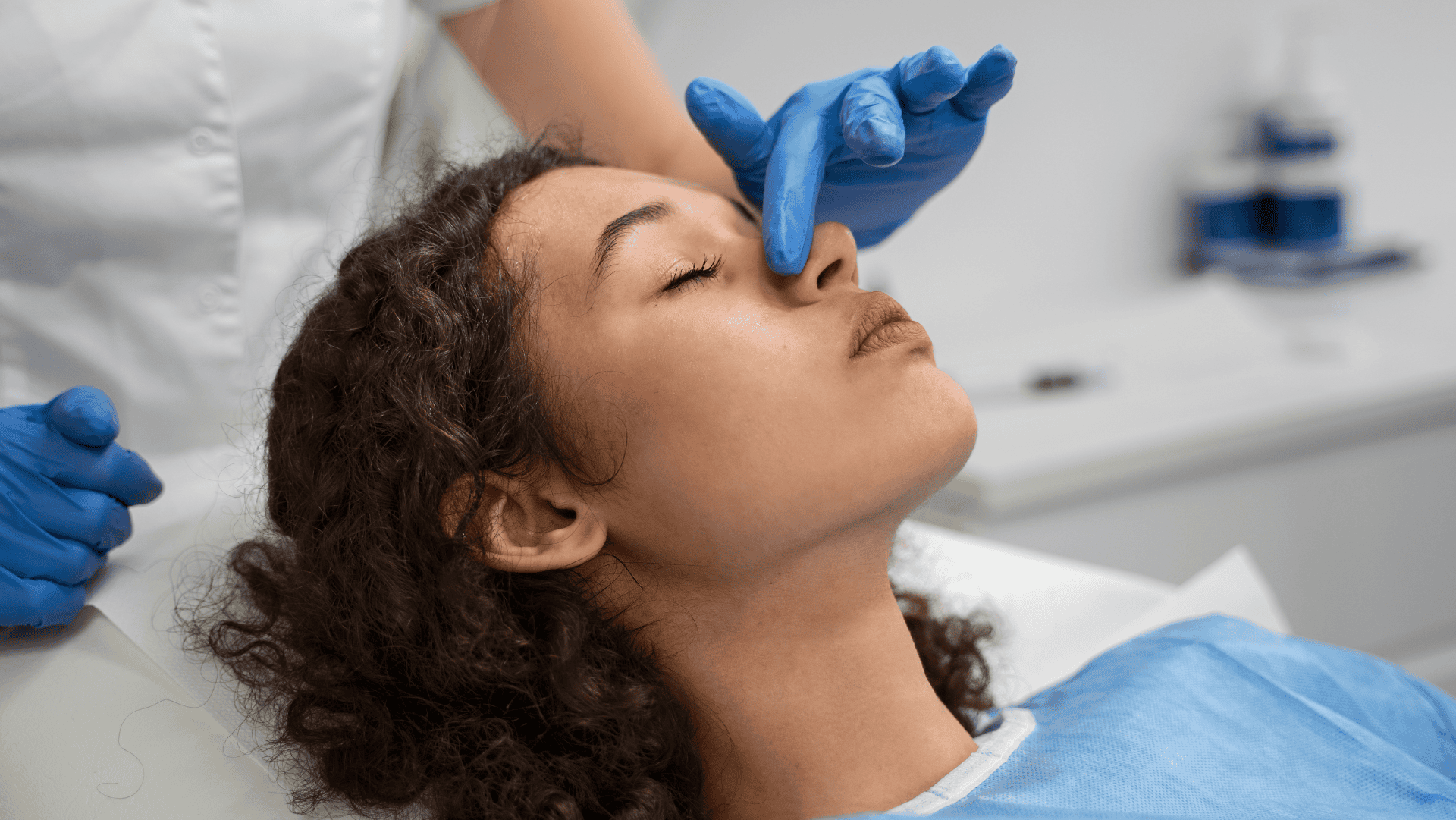
Introduction: What Is a Sinus Lift?
A sinus lift is a specialized surgical procedure commonly performed in preparation for dental implants. When the upper jaw lacks sufficient bone height—especially near the molars and premolars—a sinus lift becomes essential to ensure a stable foundation for implants. This procedure involves elevating the sinus membrane and placing bone graft material in the maxillary sinus area to increase bone volume. It’s a critical step in many implantoazlogy dental treatments, especially for patients who have experienced bone loss due to gum disease, tooth loss, or natural anatomical limitations.
The Role of Dental Elevators in Sinus Lift and Implant Surgery
Precision Tools for Effective Surgery
During a sinus lift, dental elevators play a pivotal role. These instruments are used to gently lift the sinus membrane, making room for bone grafting material. Their curved and narrow design allows for precision and safety when navigating the delicate sinus area. Additionally, dental elevators are instrumental in performing atraumatic extractions, preserving bone structure for better implant outcomes.
Dental professionals rely on various types of elevators—such as periosteal elevators and sinus lift elevators—to create a clear surgical field and minimize trauma during the lift. By maintaining the integrity of the surrounding bone and soft tissues, these tools significantly increase the success rate of both the sinus lift and subsequent implant placement.
When Is a Sinus Lift Needed?
A sinus lift is often necessary under the following conditions:
1. Bone Loss in the Upper Jaw
When teeth have been missing for a long time, the bone naturally resorbs, leading to insufficient height and density for implant placement.
2. Natural Anatomy of the Sinus
Some individuals naturally have large sinuses or thinner bone structure in the upper jaw, which limits the available space for implant placement.
3. Trauma or Infection
Previous infections, surgeries, or facial trauma may result in bone deterioration, requiring augmentation via sinus lift.
Procedure Overview: How a Sinus Lift Works
Step-by-Step Breakdown
-
Initial Examination and Imaging
Cone-beam CT scans are used to assess bone height and sinus anatomy. -
Surgical Access
A small incision is made in the gum tissue, and a window is created in the bone to access the sinus membrane. -
Membrane Elevation
Using dental elevators, the sinus membrane is carefully lifted without tearing. -
Bone Grafting
Bone graft material is inserted into the newly created space beneath the membrane. -
Healing Period
The area is allowed to heal for 4–9 months, during which the graft integrates with natural bone. -
Implant Placement
Once healing is complete and sufficient bone volume is achieved, dental implants are placed.
Composite Filling Instruments in Post-Implant Restorations
After successful sinus lift and implant placement, dental composite filling instruments are often used to restore function and aesthetics. These tools are essential in crafting precise, durable, and natural-looking restorations over implants.
Types of Composite Filling Instruments
1. Plastic Composite Instruments
These tools are designed with non-stick surfaces to handle composite material without pulling or dragging, making them ideal for layering and shaping.
2. Condensers and Pluggers
Used to compress composite material into cavities or onto abutments, ensuring long-lasting and tight restorations.
3. Carvers
Carvers help mimic the natural anatomy of teeth by refining cusps, ridges, and grooves in the composite material.
4. Burnishers
Essential for smoothing the surface of the restoration and enhancing the polish, ensuring it blends seamlessly with natural enamel.
Why Dental Filling Tools Matter in Implantology Dental
High-quality dental filling tools directly influence the outcome of implant-supported restorations. Precision instruments allow clinicians to sculpt, layer, and polish composite materials effectively, ensuring optimal function and esthetics. Whether restoring a single tooth or multiple units, these tools are crucial in modern implantology dental procedures.
Best Practices for a Successful Sinus Lift and Restoration
1. Accurate Diagnosis
Comprehensive imaging and examination are vital for planning a successful sinus lift and ensuring the availability of sufficient bone.
2. Gentle Handling with Dental Elevators
Use the appropriate elevators for the task to avoid trauma to the sinus membrane and adjacent structures.
3. Quality Filling Instruments for Restoration
Invest in premium dental composite filling instruments to ensure long-lasting, natural-looking outcomes for post-implant restorations.
4. Follow-Up Care
Consistent follow-ups and proper oral hygiene are essential to maintain the longevity of the implant and the integrity of the bone graft.
Conclusion: Enhancing Care for the Luxating Tooth and Beyond
The sinus lift procedure is an integral part of advanced dental implantology, allowing clinicians to restore smiles where bone loss once posed a barrier. The use of precision tools—especially dental elevators—ensures the success of both the sinus lift and the implant placement that follows. Additionally, dental filling tools and composite instruments complete the restorative phase, bringing back function and aesthetics.
Whether treating a missing tooth or managing a luxating tooth, the combination of clinical skill and the right instruments leads to outstanding outcomes. As dental technologies evolve, the timeless value of tools like dental elevators remains essential in achieving patient satisfaction and long-term success.
-
Business2 years ago
Cybersecurity Consulting Company SequelNet Provides Critical IT Support Services to Medical Billing Firm, Medical Optimum
-
Business2 years ago
Team Communication Software Transforms Operations at Finance Innovate
-
Business2 years ago
Project Management Tool Transforms Long Island Business
-
Business2 years ago
How Alleviate Poverty Utilized IPPBX’s All-in-One Solution to Transform Lives in New York City
-
health2 years ago
Breast Cancer: The Imperative Role of Mammograms in Screening and Early Detection
-
Sports2 years ago
Unstoppable Collaboration: D.C.’s Citi Open and Silicon Valley Classic Unite to Propel Women’s Tennis to New Heights
-
Art /Entertainment2 years ago
Embracing Renewal: Sizdabedar Celebrations Unite Iranians in New York’s Eisenhower Park
-
Finance2 years ago
The Benefits of Starting a Side Hustle for Financial Freedom






























